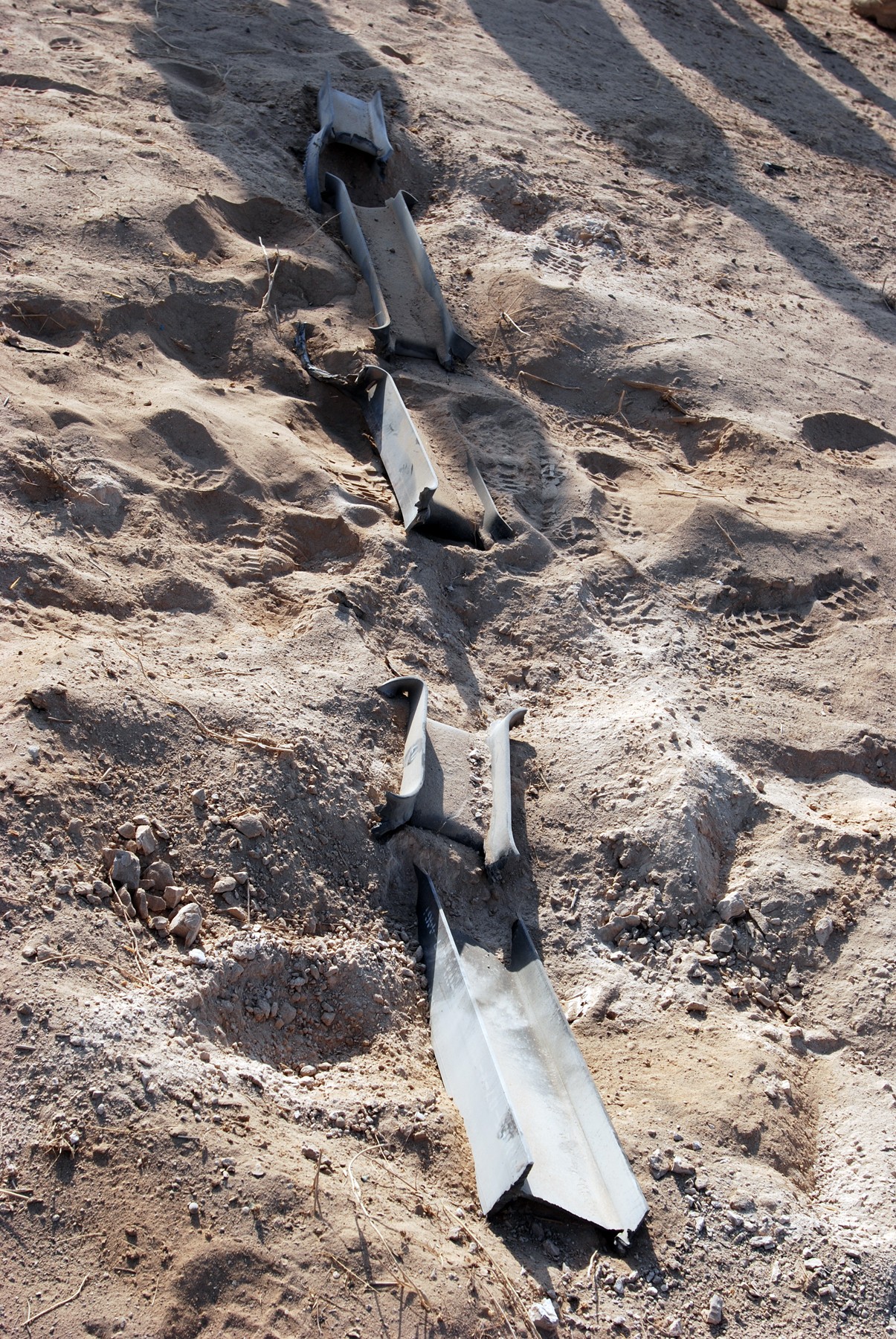
What are advanced techniques for explosive demolition

The field of explosive demolition of buildings is continually evolving, with advanced techniques emerging that enhance efficiency, safety, and effectiveness. These methods are not only used to safely bring down towering structures but also to ensure minimal impact on surrounding areas. Understanding the complexities of these techniques can help industry professionals plan and execute demolition projects more effectively.
In this article, we will explore various advanced techniques used in building detonation, focusing on the types of explosives, safety measures, and future trends in the industry. By gaining insight into these techniques, readers will be better prepared to undertake and manage demolition projects, ensuring they meet modern safety and environmental standards.
- Overview of Explosive Demolition Techniques
- Understanding the Basics of Demolition Explosives
- Types of Demolition Charges
- The Role of Time-Delay Fuzes in Controlled Explosions
- Fragmentation Bombs: A Closer Look
- Safety Measures in Explosive Demolition
- Planning and Preparation for Demolition Projects
- Case Studies of Successful Explosive Demolitions
- Environmental Considerations
- Future Trends in Explosive Demolition Techniques
- Conclusion and Key Takeaways
Overview of Explosive Demolition Techniques
Explosive demolition techniques are specialized methods employed to dismantle buildings and structures efficiently using explosives. This approach is utilized when traditional demolition methods are unsuitable due to time constraints, safety concerns, or structural considerations. In explosive demolition of buildings, the primary goal is to ensure controlled collapse, minimizing debris and potential hazards in the surrounding areas.
A common method used in explosive demolitions is building detonation, where charges are strategically placed to weaken structural integrity. The choice of explosives and their configuration is crucial in determining the success of the operation. By employing modern techniques, demolition experts can ensure precise control over the detonation process, leading to successful demolitions with minimal collateral damage.
Understanding the Basics of Demolition Explosives
Demolition explosives come in various forms, each with unique properties and applications. Understanding these basics is essential for professionals in the field. The key types of explosives used in the explosive demolition of buildings include:
- High Explosives: These explosives detonate rapidly, releasing a tremendous amount of energy in a very short time. They are typically used for structural demolitions.
- Low Explosives: These produce less energy and are often used for blasting operations where controlled explosions are necessary, such as in quarries.
- Blasting Agents: These require a booster to initiate and are commonly used in larger-scale demolitions where safety is a primary concern.
Understanding the specific characteristics of these explosives plays a crucial role in selecting the best materials for each demolition project, determining factors like speed, effectiveness, and safety.
Types of Demolition Charges
In explosive demolition operations, the choice of demolition charges is fundamental. There are several types of charges utilized, including:
- Cylinder Charges: These charges are commonly used in controlled demolitions due to their ability to focus energy in one direction, allowing for precise structural removal.
- Linear Charges: Designed to provide a cutting effect, linear charges are employed when dealing with reinforced concrete and steel structures.
- Split Charges: These allow for simultaneous cutting and pulling, providing a versatile approach to demolition.
Choosing the appropriate type of demolition charge depends on various factors, including the structure type, location, and desired outcome of the demolition.
The Role of Time-Delay Fuzes in Controlled Explosions
The time-delay fuze plays a significant role in achieving the desired outcomes in controlled explosions. By enabling a scheduled detonation, professionals can ensure that explosions occur in a sequence that optimizes structural collapse while minimizing damage to nearby structures.
Time-delay fuzes allow for critical timing adjustments, which enhance safety and precision in the explosive demolition of buildings. This ability to time charges effectively can lead to better control of the entire demolition process, allowing for a well-planned collapse that meets both safety and operational objectives.
Fragmentation Bombs: A Closer Look
Fragmentation bombs serve distinct purposes in demolition practices. Unlike traditional demolition charges that focus on structural collapse, fragmentation bombs aim to create a dispersive effect, breaking down materials into smaller, manageable pieces. This can be advantageous in certain contexts where the goal is not only to demolish but also to ensure that debris is minimized.
Understanding how and when to utilize fragmentation bombs can be a critical skill for demolition experts, particularly in urban environments where space and safety are paramount considerations.
Safety Measures in Explosive Demolition
Safety is a top priority in any explosive demolition of buildings. Effective planning and execution of safety measures ensure that personnel and bystanders remain unharmed throughout the process. Some key safety measures include:
- Site Preparation: Thorough assessments of the site must be conducted prior to any demolition work. This includes identifying potential hazards and ensuring a clear evacuation plan is in place.
- Restricted Access: Establishing a secure perimeter around the demolition site helps to prevent unauthorized personnel from entering danger zones during detonation.
- Proper Training: Personnel involved in explosive demolitions must be adequately trained in handling explosives and following safety protocols.
By implementing these safety measures, the risk associated with explosive demolitions can be significantly reduced.
Planning and Preparation for Demolition Projects
Effective planning and preparation are essential elements of successful explosive demolition projects. This encompasses a myriad of considerations, including site assessments, explosives selection, and timeline management.
Demolition experts must conduct detailed evaluations of the surrounding environment and structural integrity to formulate a comprehensive demolition plan. Factors like nearby structures, utilities, and environmental implications should all be assessed thoroughly to ensure a safe and efficient demolition process.
Case Studies of Successful Explosive Demolitions
Analyzing case studies of successful building detonation projects can offer valuable insights into effective techniques and unexpected challenges encountered during operations. For instance, the demolition of the historic Georgia Dome in Atlanta included meticulous planning and execution of controlled implosions that safeguarded nearby structures and populations.
Such case studies illustrate how advanced techniques in explosive demolition can yield positive outcomes, paving the way for future projects and innovations in the field.
Environmental Considerations
With increasing focus on sustainability and environmental protection, the explosive demolition of buildings must consider various environmental factors. This includes managing dust, noise, and debris generated during demolition activities. Implementing measures such as controlling dust emissions and minimizing noise can mitigate the impact of explosive demolitions on surrounding communities.
Additionally, proper waste disposal and recycling of materials after demolition can contribute to a more sustainable practice in the demolition industry.
Future Trends in Explosive Demolition Techniques
The demolition industry is continually changing, and the future promises several advancements in explosive demolition techniques. Some trends to look out for include:
- Increased Use of Technology: Drones and remote-operated vehicles are anticipated to become more commonplace for assessments and monitoring.
- Smart Blasting Technologies: Innovative blasting techniques that utilize real-time data may lead to more controlled and efficient demolitions.
- Focus on Sustainability: The industry will likely see a growing emphasis on eco-friendly practices, with a focus on reducing environmental impacts during demolitions.
These trends may enhance the capabilities of demolition professionals and streamline the demolition process, contributing to safer and more sustainable practices.
Conclusion and Key Takeaways
Advanced techniques for explosive demolition of buildings continue to evolve, making it essential for industry professionals to stay informed of new methodologies and safety standards. Understanding the intricacies of demolition explosives, charges, and the importance of thorough planning can lead to more successful demolition projects.
Furthermore, the integration of technology and environmental considerations will shape the future of building detonation. By prioritizing safety, sustainability, and innovative methodologies, professionals can ensure that explosive demolition practices meet the demands of modern infrastructure needs while safeguarding communities and the environment.
Did you find this article helpful? What are advanced techniques for explosive demolition See more here General.
Leave a Reply





Related posts